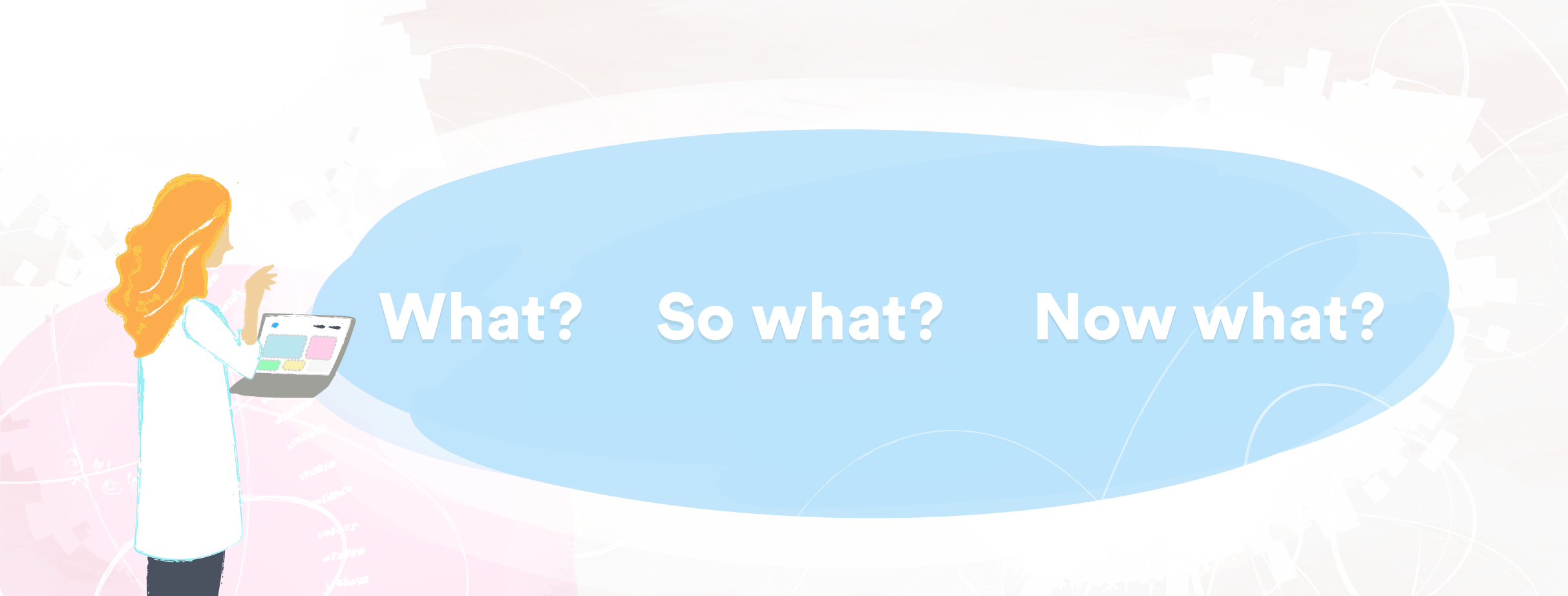Start improving with Life QI today
Full access to all Life QI features and a support team excited to help you. Quality improvement has never been easier.

Organisation already using Life QI?
Sign-up

Every QI coach has a toolbox. It has taken many hours training in how to use the QI tools to develop this toolbox. Your job is to help those who don’t have the same expertise, tools, and techniques to improve patient care. In a coaching session the temptation is to quickly reach into the toolbox and offer a solution.
But before we deploy our toolbox, we can learn from the world of coaching how to set up a ‘conversation container’ that will maximise the opportunity for a productive outcome from the coaching session.
A coaching container is a simple and powerful concept. It basically sets out the boundaries for a session with a beginning, middle and end. It takes place within an agreed time limit.

Figure 1: Coaching container - beginning, middle and end
Creating a container is a collaborative process. Firstly, you set out and agree what subject you wish to discuss, what time you have, what is the desired outcome, how you will know you have achieved the outcome, what roles you will play in the session and where to start. In the coaching world this process is known as contracting. The contract sets the boundaries of the container.
Here are the type of questions a coach can use to create the container:
What would you like to think about? Or What is the problem / question you wish to tackle?
Often individuals or teams will come to a coach with a complicated problem that they need help to resolve. You may only have an hour or less to have the session and the presenting issue is too big or ill defined. So, the key to making progress is to ‘right size’ through the contracting process the subject that can be tackled in the time available. Listening to an outline of a large problem to be addressed, a coach may ask the question...
In the time that we have together which part of that problem, or what question about that issue would it be useful to focus on?
Transformational work can happen even in short ten-minute conversations when there is clarity of purpose, and the scale of the problem fits the time available. Even half-day or longer events benefit from creating a container or series of containers.
Stay with the process. It may be uncomfortable as your toolbox remains closed but trust the process. Digging deep into what the real issue is and what can be tackled in this session will create the conditions for a useful conversation.
At the end of our time together what would you like to be different?
Notice that this is an outcome for this coaching session. In other words, it's not the trying to solve something beyond the gift of those in the room at the time. It is future focused on this session – what work can we do together now to better prepare for the next step in the QI process? For those new to coaching this question may cause them to pause and think. Allow the silence to continue while they do the thinking.
How will you know that this session has been useful?
The answer might be simple and clear that the team has learnt how to use a QI tool for a particular project or that they have agreed two actions to improve care. Other times people may not know how to answer that question. That’s fine, all parties in the conversation then know that they don’t know. In those situations, it is worth checking as the session progresses whether it is being useful, going in the right direction towards the desired outcome.
How shall we do the work today – what role do you wish me to play?
This question seeks to address the issue of power in the room. Often the most senior person is perceived to be the one who owns how the work is done in a conversation. In a training session it is often the ‘expert’ trainer. As a QI coach you are seen as an expert in the tools and techniques but the people you work with may have greater clinical or management experience and seniority. Setting out the expectations of who does what in a coaching session helps set the boundaries of the container. You may have brought your toolbox but what the person / team needs is time to discuss an issue and be challenged by you to think differently. Your role might shift from providing knowledge to asking questions or facilitating a time to think.
Where shall we start?
By asking that question you are giving them the power to start where they want to. The temptation for those being coached is to start at the beginning as they assume that you need to know the full story with all the detailed background and personalities involved. Check if that is useful. This is a backward-looking process and coaching must be about looking forwards. It takes up time that could be more productively used. Encourage people to start where they are that day – with the question or issue that they are seeking to resolve. Some unpacking of the past may help but encourage them to draw out the learning for today and moving forward.
The six simple questions outlined above create the coaching container and get you started. Sometimes you can set up the contract quickly. Sometimes it can take time to get to the right size for the time you have together. Part way through a session an insight might take the conversation down a different path from that you have agreed at the beginning. You may wish to check in to see if you need to re-contract.
Coach: "I notice that we have moved to a different topic. Is it useful to explore that further?"
To help remember the six questions Claire Pedrick from 3D Coaching developed the acronym STOKeRS[1]. A stoker is the person on the back of a tandem bicycle. They give balance and power while the person on the front does the steering and controls the speed of the journey. The coach is a bit like the stoker – they are there to assist not to control the journey of those being coached.
The questions are based on the International Coaching Federation competency for establishing a coaching agreement. They act as a reminder and can be made your own. The basic principle is that the coaching container clarifies:
Reference
[1] Pedrick, C. (2021) Simplifying Coaching, Maidenhead, Open University Press, pp.27ff
Full access to all Life QI features and a support team excited to help you. Quality improvement has never been easier.

Organisation already using Life QI?
Sign-up